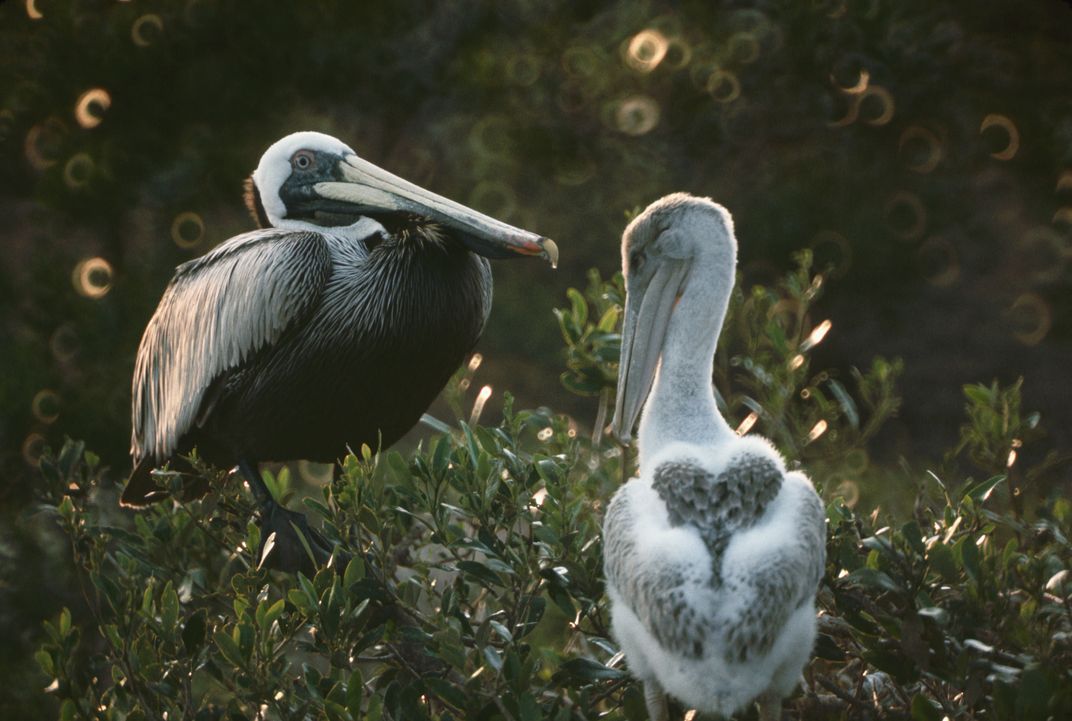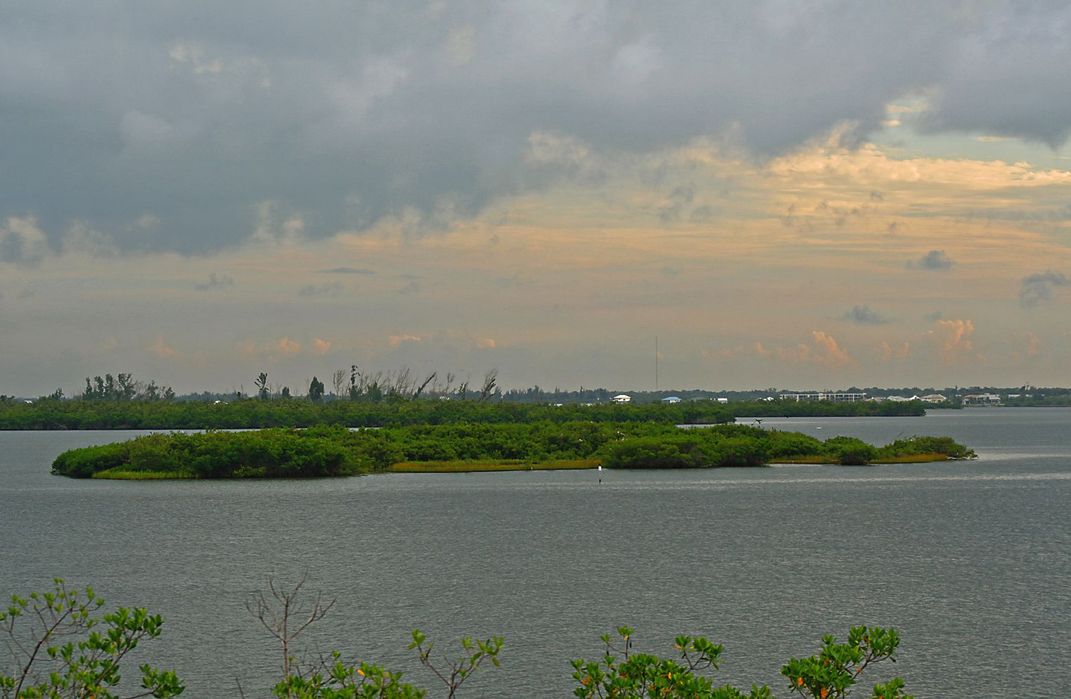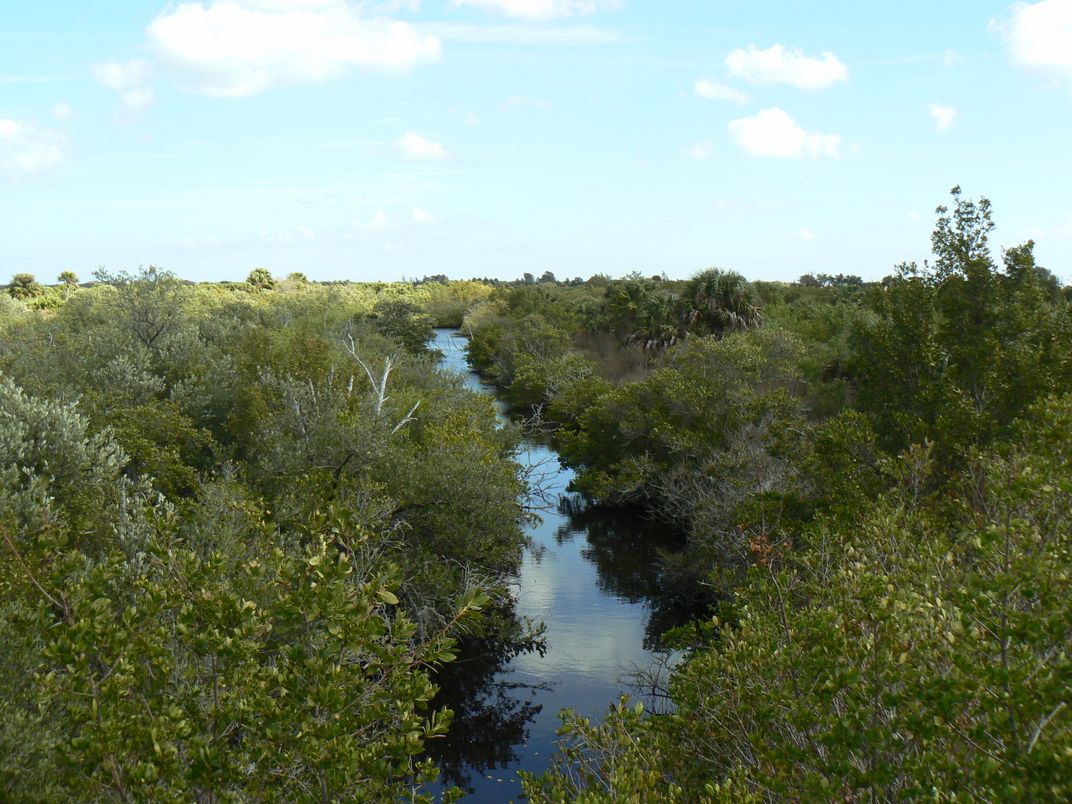Pelican Island National Wildlife Refuge
Small, island, pelicans
Location: Florida
Size: 5.5 acres
Year Designated: 1970
Fast Fact: Pelican Island National Wildlife Refuge was the first designated wildlife refuge in America.
In 1903, President Theodore Roosevelt decreed that the tiny island of Pelican Island, located in Florida’s eastern coastline, be set aside for the protection of the birds that called the island home. In doing so, President Roosevelt created the first federal land designated for wildlife refuge, effectively creating the National Wildlife Refuge System. In 1970, Congress allocated 5.5 acres—primarily the water in the lagoon portion of the Indian River—as a wilderness area, furthering Pelican Islands federal protections, though the area has recently become threatened by commercial development on its eastern shoreline. Today, the wilderness area within the Pelican Island National Wildlife Refuge is the smallest wilderness area in the National Wilderness Preservation System.
The island is home to 15 different threatened and endangered species, including the manatee, which though protected under the Marine Mammal Protection Act, still faces extinction (the species is currently endangered, mainly due to humans hunting them for their oil, hides and bones). In addition to the manatee, over 30 species of nesting bird use Pelican Island, including the brown pelican, the wood stork, the great egret and the black-crowned night heron.



